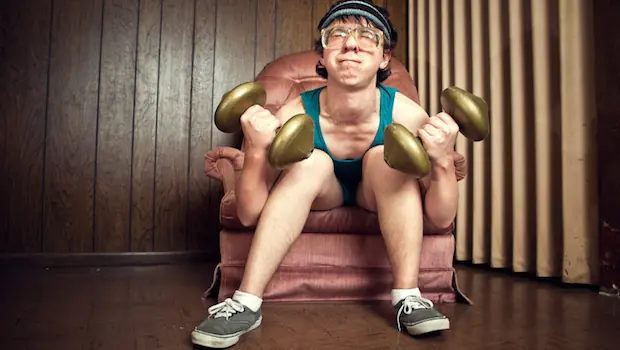
With the emergence of obstacle course racing and CrossFit, strength training has made a comeback. Events like these take place often, and individuals of all ages can get involved, even teenagers.
Before a teen goes to a gym or signs up for a race, though, there are basic guidelines to follow to stay injury-free, avoid muscular imbalances and create positive fitness habits.
Key Principles of Weightlifting
Correct Breathing: First and foremost, never hold your breath. You always want to control your breath when you're lifting weights. Exhale when you're pushing or pulling the weight, and inhale when you're returning to the starting position.
Correct Form: Using improper form is never good when lifting weights. With the amount of body development that has yet to occur in teens, though, it's even more dangerous. If you have coaches, trainers or other mentors, take advantage of them. Additionally, use the Internet as a resource when learning how to do specific exercises.
More: How to Achieve Proper Squat Form
Sport-Specific Training: If you're training for a specific sport, the lifting you do should be catered toward the sport you're playing. For example, defensive lineman on the football team should have powerful leg, chest and back muscles--this means deep squats, bench press and a variety of pulling of exercises are important to do.
Consistency: This is one of the biggest obstacles even veterans face. When life and busy schedules get in the way, training and fitness can suffer. To reach your health goals, however, you must stay consistent. If you want to keep making positive gains, maintain your routine to reach your goals.
Train All Muscle Groups
Don't Just Focus on Chest or Arms: This is a common mistake with teens. If you do too many chest or arm exercises, those muscles are going to be so tight and imbalanced that you're not going to be able to work your other muscles efficiently.
Work Opposing Muscles Groups: If you're working your chest muscles (pushing), you should also work your back muscles (pulling). This also holds true for leg muscles. The quads (front part of the legs) will always be more powerful than the hamstrings (back part of the legs), but you should do your best to keep both strong. Too many individuals pull hamstring muscles because they are overpowered by their overdeveloped quadriceps.



